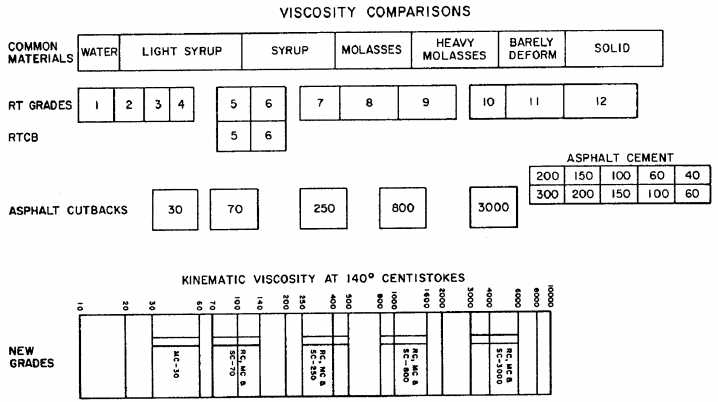Table 8-5.-Viscosity Grades at Room Temperature
viscosity grades of asphalt cutbacks and
asphalt cements by means of table 8-5.
Use of Tars
Tars are suitable for use on areas
where
asphalt
is
unsuitable.
A
good
example
is
an
airfield
where
petroleum
distillates are likely to be spilled. Tars
do not strip easily from aggregate in the
presence of water and is preferred as a
prime coat. Tars penetrate more deeply
into the base course than will asphalt of
the same viscosity and curing rate.
Cold-tar mixes are used for road mix
and patching. Hot-tar mixes are used for
plant
mix,
surface
treatment,
crack
fillers,
and
similar
uses.
Since
tars
become
soft
at
high
temperatures
and
brittle at low temperatures, the heavier
grades
are
preferred
for
use
in
warm
weather and the lighter grades in cool
weather.
Road
tar
cutbacks
are
used
for
patching mixes; however, an open flame
must NOT be used near storage tanks and
drums of road tar cutbacks because they
are flammable.
FIELD IDENTIFICATION OF
BITUMINOUS MATERIALS
Identifying
bituminous
materials
can
be
a
problem.
Stockpiled
bituminous
materials that are unmarked or improperly
marked can cause unnecessary delays in
construction
operations.
Fairly
accurate
identification
is
necessary
to
decide
on
the
type
of
construction
that
the
materials can be used for, the method of
construction to be used, the type and
quantity
of
equipment
needed,
and
the
applicable
safety
regulations
to
be
observed. Some of the tests used in the
field to identify bituminous materials as
asphalt
cement,
asphalt
cutback,
asphalt
emulsion, road tar, or road tar cutback
are as follows:
Solubility
Pour
Smear
Heat-Odor
Penetration
Stone
coating
8-23

